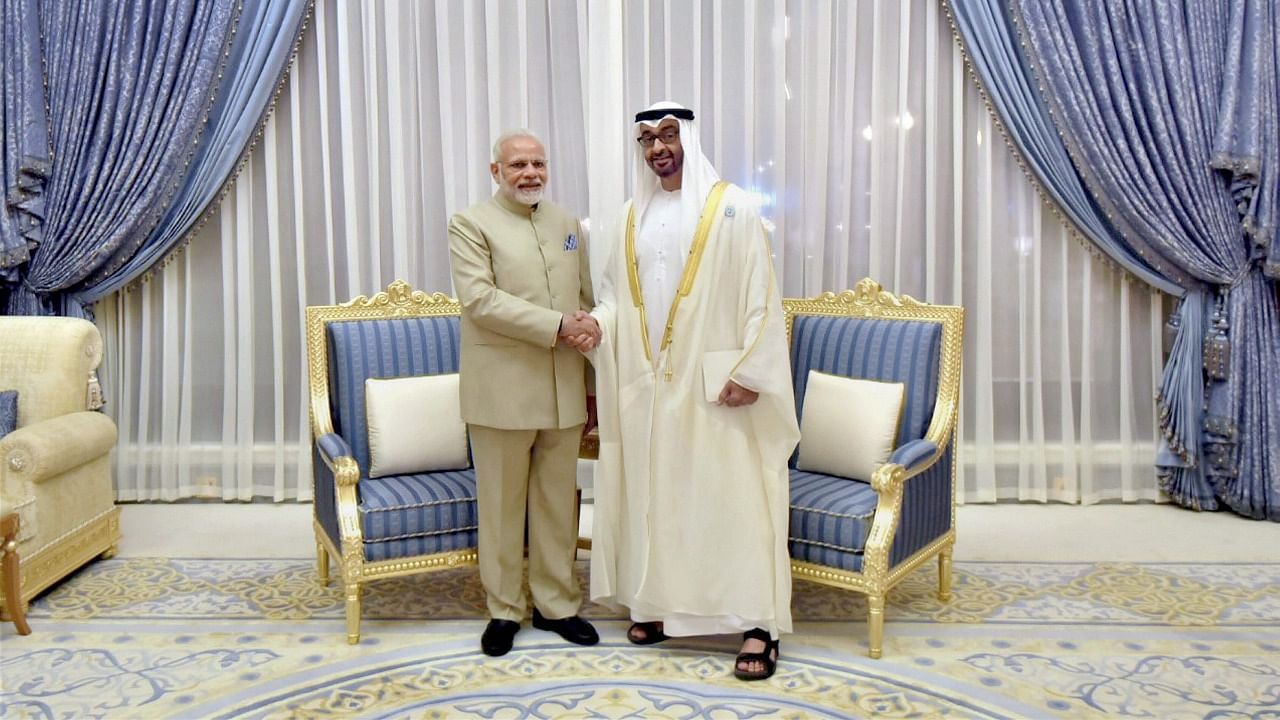
The Bharatiya Janata Party suspended Nupur Sharma and expelled Naveen Jindal for their “objectionable” comments on Prophet Mohammed. However, the speed at which the disciplinary actions were taken had a lot to do with the uproar created by the Gulf countries, even as Indian ambassadors in Kuwait, Qatar, and Saudi Arabia were pulled up for what happened within India.
The action initiated by the BJP highlights the importance of the Gulf countries, which accounts for almost 20 per cent of the world’s total Muslim population. The region is also of economic and strategic importance for India, and any strain on the India-GCC (Gulf Cooperation Council) ties would have adverse impacts on India.
The importance of the Gulf
Over the past several decades, India has shared incredible relationships with the Gulf countries, especially those in the GCC. The primary reason behind this is the considerable trade activity between GCC countries and India, and the gain from the personal remittances. Oil and gas are another set of factors that have bound India with the Gulf.
India’s trade relations with the Gulf
The trade relations between India and the Gulf countries are of significance to India’s economy. In the words of the Indian embassy in Riyadh, the GCC, consisting of the UAE, Saudi Arabia, Qatar, Oman, Kuwait, and Bahrain: “The GCC has emerged as a major trading partner of India. It has vast potential as India’s investment partner in the future. The GCC’s substantial oil and gas reserves are of utmost importance for India’s energy needs.”
Data from India’s Ministry of Commerce showed that India’s exports to the GCC countries in 2021-22 increased to about USD 44 billion as against USD 27.8 billion in 2020-21—a growth of over 58 per cent. This accounted for 10.4 per cent of India’s total exports in 2021-22.
On the import front, India witnessed a rise of 85.8 per cent as compared to 2020-21, with total imports summing up to USD 110.73 billion, thereby accounting for 18 per cent of India’s total imports.
At a time when India is negotiating a free trade agreement with these countries, statements such as that made by Sharma and Jindal can make situations difficult for India.
India’s dependency on Gulf for Oil
According to the Union Ministry’s PPAC (Petroleum Planning & Analysis Cell) report, India imported 212.2 million tonnes of crude oil in 2021-22 from 42 different countries. However, most of the oil that India received during this period was from the Gulf countries, with Iraq being the largest exporter, supplying 22 per cent of oil to India. Iraq was followed by Saudi Arabia and the UAE, with Kuwait, too, emerging as one of the major exporters of oil to India.
Number of Indians working in the Gulf
Also Read | BJP's tactical retreat in the face of Gulf fury
In another data published by the Ministry of External affairs in 2020, it was stated that close to 13.46 million Indians live abroad—it becomes 32 million if you take into consideration people of Indian origin with a different country’s citizenship.
Of the total 13.46 million NRIs, more than half were concentrated in the Gulf countries with UAE, Saudi Arabia, and Kuwait accounting for around 3.42 million, 2.6 million, and 1.03 million Indians respectively. Meanwhile, Qatar and Oman consisted of 7,45,775 and 7,79,351 Indians respectively.
Personal Remittances sent by NRIs
The Gulf countries, besides providing jobs and livelihood to millions of Indians, also add up to the Indian economy in the form of remittances. Remittance is the non-commercial transfer of money by an individual to his/her home country or family. This adds up to the country’s national income and ensures capital flow.
According to the World Bank, India was the largest recipient of remittances in the world in 2020, with an inflow of USD 83.15 billion. Another data by the world bank highlighted that these remittances accounted for 3.1 per cent of India’s GDP.
In an RBI Bulletin of 2018, it was revealed that “the Gulf Cooperation Council countries accounted for more than 50 per cent of total remittances received in 2016-17.” Of these, Saudi Arabia (11.6 per cent), Qatar (6.5 per cent), Kuwait (5.5 per cent), and Oman (3 per cent) played a significant role.
As there is a big economic impact on India in regard to the Gulf countries, it would be prudent for India to ensure cordial relations with the Gulf countries throughout.